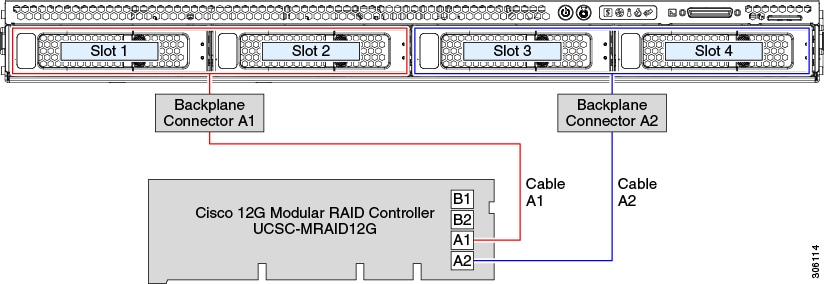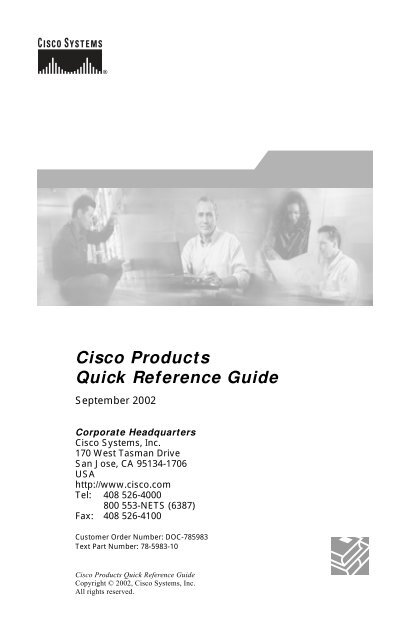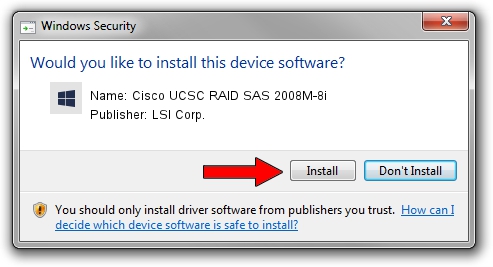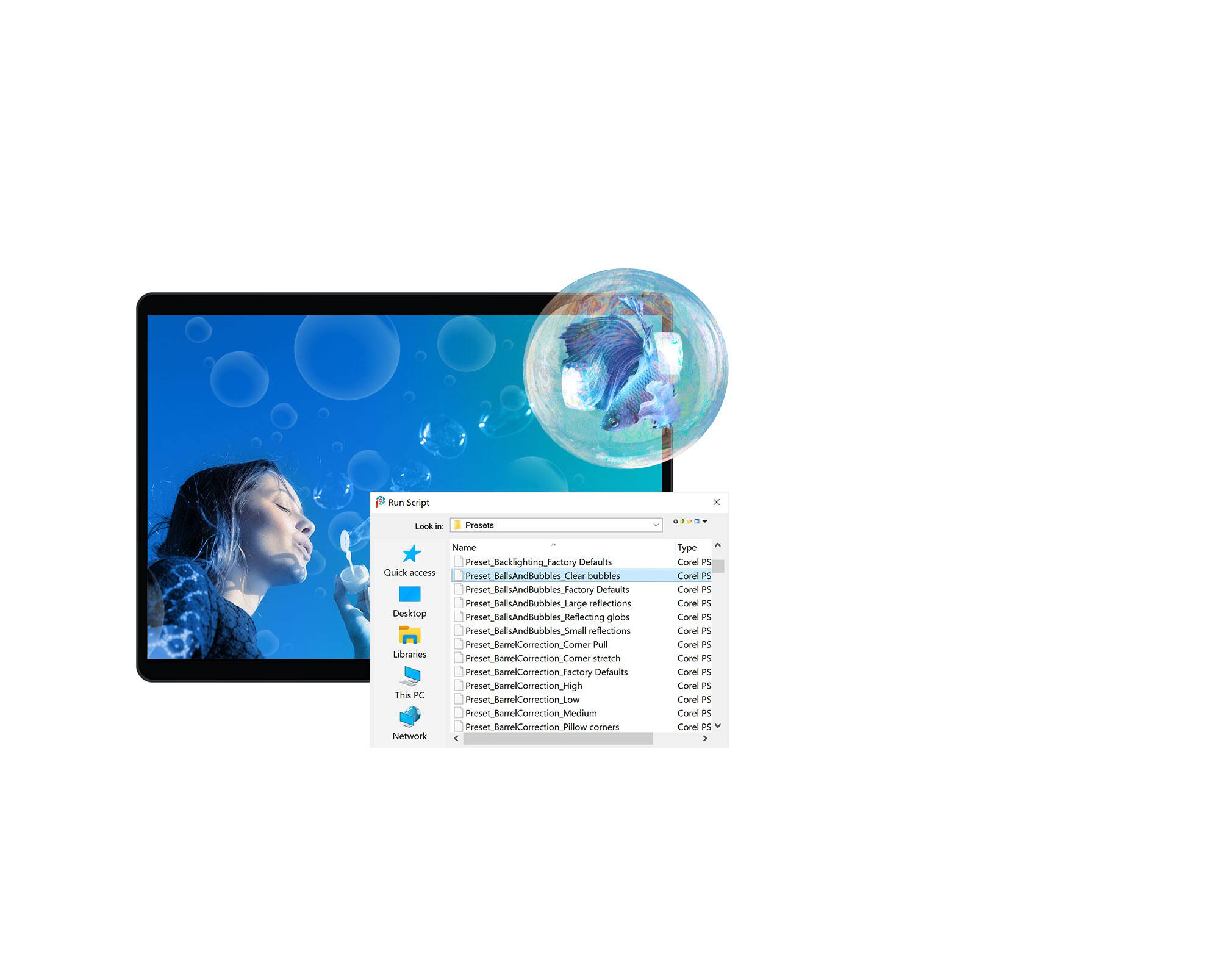Device Type Supported Releases THIS CONTENT IS PROVIDED AS IS, AND TO THE MAXIMUM EXTENT PERMITTED BY APPLICABLE LAW, VMWARE DISCLAIMS ALL OTHER REPRESENTATIONS AND WARRANTIES, EXPRESS OR IMPLIED, REGARDING THIS CONTENT, INCLUDING THEIR FITNESS FOR A PARTICULAR PURPOSE, THEIR MERCHANTABILITY, OR THEIR NONINFRINGEMENT. Non-iSCSI traffic (such as LAN traffic) can/would be considered lossy traffic, meaning that such packets can be dropped by the switch. Now, if your network is structure in such a way whereas each server has a different role, then it is possible to have both iSCSI and LAN traffic on the same switch.
Follow these steps to boot from iSCSI in UCS
Create a pool of ISCSI Initiator IP Addresses

Lan > Pools > IP Pool iscsi-initiator-pool > Create Block of IP Addresses

Create a pool of IQNs
SAN > Pools > IQN Pools > Create IQN Suffix Pool
Choose an IQN Prefix

Choose an IQN suffix, and size of pool
Create a dedicated vNIC for iSCSI
LAN > Polices > vNIC Templates > Create
Set the MAC Pool
Set the native VLAN to your iSCSI VLAN
If using VMware, set the adapter policy accordingly
Modify the vNIC Placement (recommended)
Servers > Service Profile Templates > Template > Network tab
Choose “Specify Manually”
Drag all vNIC on the left to vCon 1 on the right. Ensure iSCSI is at the bottom.
Notice the ordering is now sequential starting at “1”.
Create an iSCSI vNIC.
This is easily confused with the vNIC created earlier, but this is completely separate and actually isn’t really a vNIC, it’s an iSCSI bootable firmware table (iBFT) used of iSCSI boot. Think of this as a virtual placeholder for the iSCSI traffic.
Give it a name, set the Overlay vNIC as the one we created earlier, set the native VLAN to the iSCSI VLAN.
Do NOT assign MAC addresses here!! Will not boot if you do!!
Adaptec Scsi Drivers
If you wanted to create an iSCSI Adapter Policy for some additional parameters, here is where you do so. I’m not configuring any.
Configure Boot Policy


Add CD-ROM, and then iSCSI
Cisco Nexus 5000 Series NX-OS Software Configuration Guide ..
Set Boot Parameters
Click “Set Boot Parameters” under iSCSI vNICs.
Choose the Initiator pool, and IQN pools created in the beginning (Note, we could have also created the pools from here, I just like to do them first). Then click the green “+” to add an iSCSI target.
Enter the iSCSI target name, IP and port. Set the LUN ID if necessary.
Click OK, Notice we now have a target.
Drivers coocox golf clubs. Go to your storage network and configure necessary communications. I’m using iSLB in this example, but you can use anything.
Boot the server (service profile).
Notice we now see the IQN and IP assignment in UCS
And notice in our fabric we have a login:
We have an iSCSI initiator and session built:
Lastly, we can confirm via the UCS cli that we have successfully booted from iSCSI:
Run Enterprise Applications with Unified Fabric Solutions
Created by the IETF's IP Storage (IPS) working group, Small Computer System Interface over IP (iSCSI) is a SCSI transport protocol that operates over TCP. Cisco supports both iSCSI and Fibre Channel over Ethernet (FCoE) in its Unified Fabric solutions.
Major server vendors offer iSCSI as a connectivity option for enterprise-class applications. iSCSI also provides virtual machines with block-level access to storage volumes without the need to deploy Fibre Channel (FC) hardware.
iSCSI is based on the IP protocol stacks and delegates the recovery of lost packets to TCP. It uses a new management model and enjoys broad industry support from operating system vendors for drivers, gateways (routers, bridges), and native iSCSI storage arrays.
Cost-Saving Benefits for Small Businesses
iSCSI is ideal for cost-conscious environments, especially small and medium-sized business (SMB) customers. With iSCSI, the server has to be wired only once for both LAN and SAN, so fewer cables and adapters are required, which reduces costs.
SMBs using iSCSI can choose from a wide variety of standardized hardware from multiple vendors. Because iSCSI is based on familiar technologies such as TCP, training time and expenses are greatly reduced.
iSCSI runs many applications that SMBs need, including more-affordable solutions for small, remote branch offices, where IP connectivity is pervasive.
- Microsoft SQL Server 2012 Failover Cluster on Cisco UCS with iSCSI-Based Storage Access Deployment Guide
- Ethernet Storage Networking
Learn how Cisco Nexus 7000 Series Data Center Switches offer options for scaling installations and architecting new data centers.






